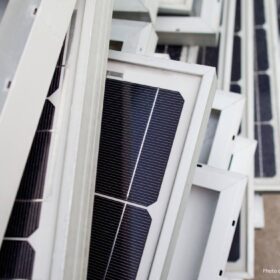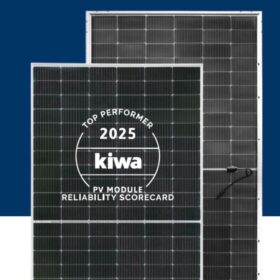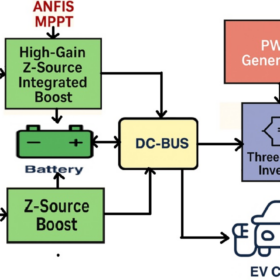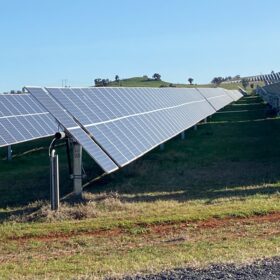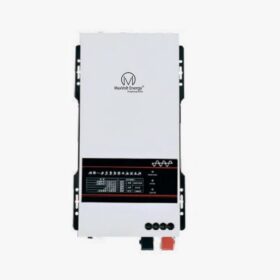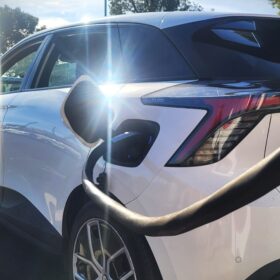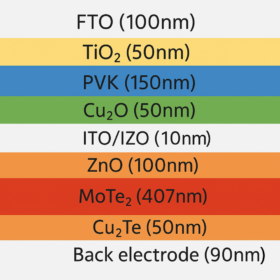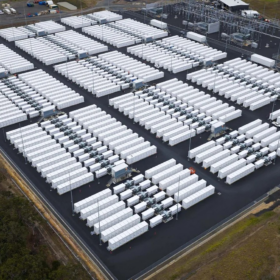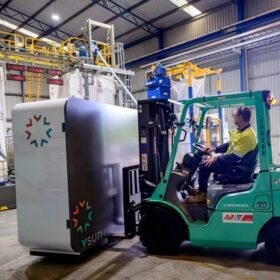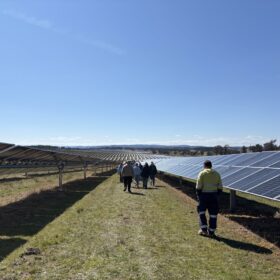Australia leads international zero-carbon silicon recovery research
Australian researchers are collaborating with organisations in India, Indonesia and the United States to develop a zero-carbon, automated end-of-life solar panel recycling process using robots to recover ultra-pure silicon.
Researchers test solar panel cooling using stagnant water layer
Researchers have developed a stagnant water layer cooling concept and tested it using seawater, tap water, and desalinated water. The panel temperature decreased by up to 8.2 °C, while power output increased by approximately 28%.
New algorithms boost dual-axis solar tracker performance
Researchers in Australia and India have developed two solar tracker optimisation techniques that can purportedly increase power generation by up to 54.36% when combined. One uses a light sensor and the other relies on data from GPS and a real-time clock.
Premier Energies launches 620 W TOPCon solar module
Premier Energies has started commercial output at its 1.2 GW n-type G12R solar cell line in India and introduced a 620 W bifacial module with n-type tunnel oxide passivated contact cells based on the rectangular G12R wafer format.
Novel MPPT technique for EV charging combined with PV, fuel cells
Scientists from India have designed a novel electric vehicle system with a reported efficiency of 98.7%, using PV panels, a proton-exchange membrane fuel cell, battery storage and supercapacitor, with hopes to expand the concept to renewable-energy-based DC microgrids with vehicle-to-grid (V2G) capability.
Waaree introduces flexible lightweight solar modules
Waaree Energies has launched flexible solar modules up to 70% lighter and under 3.5 mm thick. The panels can be bonded directly to surfaces without mounting penetrations, suitable for sites where drilling or heavy support structures are impractical.
Seasonally optimised PV panel tilt can boost yield by up to 9%: study
In the Indian state of Rajasthan, a new study investigates the seasonal optimisation of PV module tilt angles to optimise the energy efficiency, revealing that dynamic tilt adjustments can significantly boost annual solar yield across diverse climatic zones.
MaxVolt launches smart inverter with inbuilt lithium battery
The Indian battery manufacturer has launched a wall-mountable, high-efficiency inverter with inbuilt lithium battery for residential and commercial solar applications.
Wireless electric vehicle charging tests improve efficiency by 88%
Scientists in India have simulated and tested a prototype wireless charging system for electric vehicles, with a three-port DC–DC converter at its core and have found it achieved an improved efficiency of 88%.
First attempt to build tandem solar cells based on perovskite, transition metal dichalcogenide
Scientists in India have proposed to design new tandem solar cells using transition metal dichalcogenide as an absorber material for the bottom PV device. Their simulations showed these tandem cells may reach an efficiency of more than 35%.
